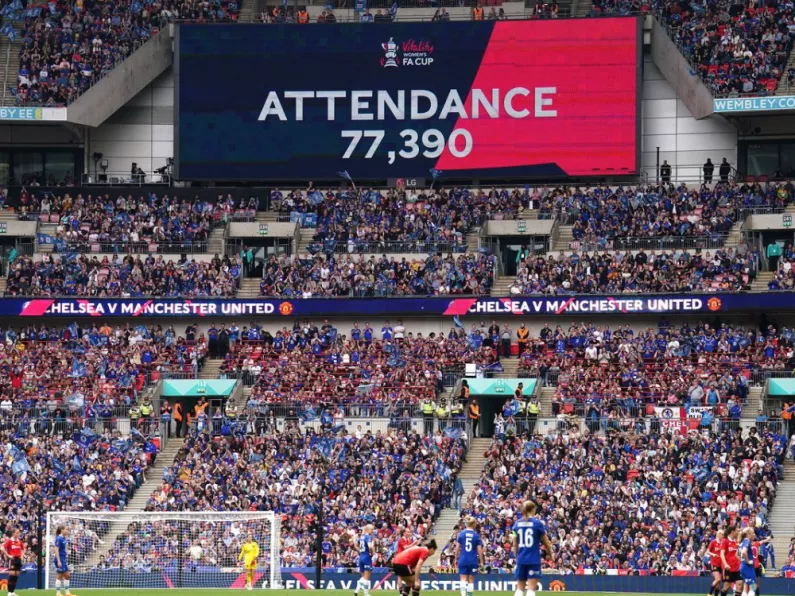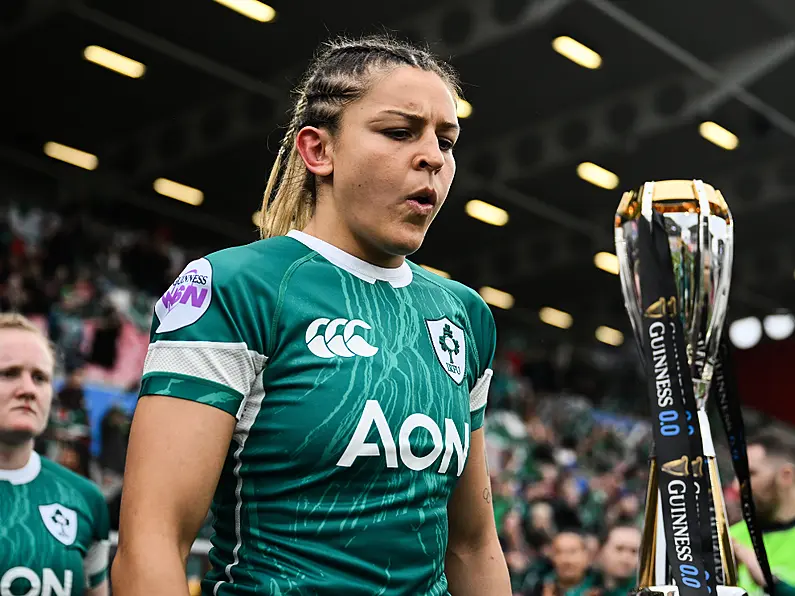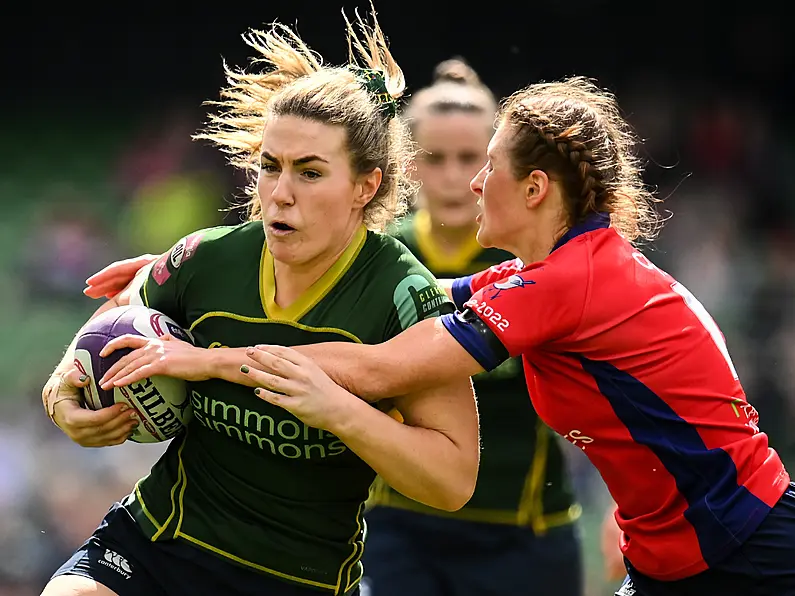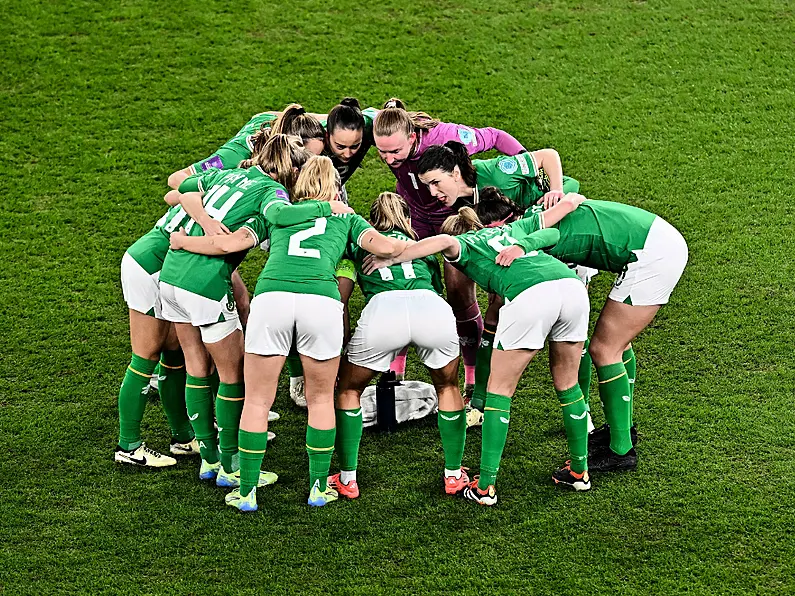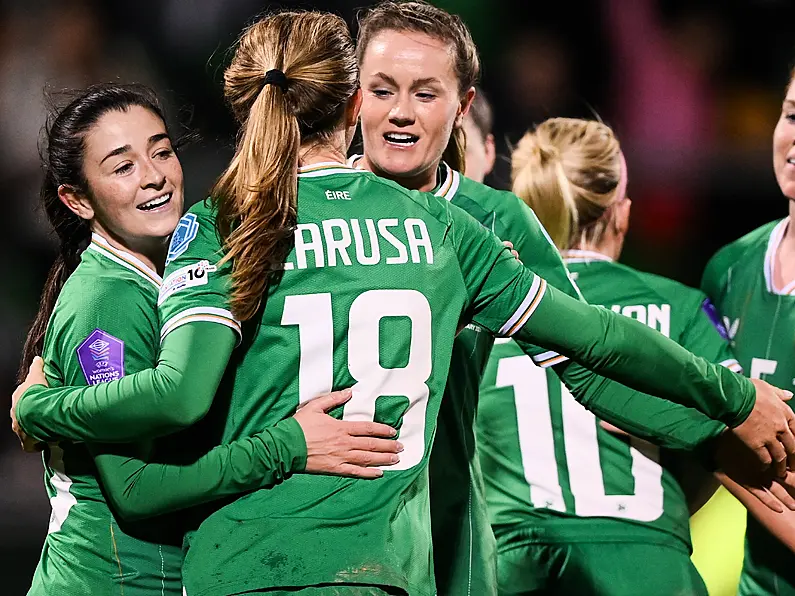History was made at the FA Cup final this past Sunday - a massive crowd of 77 390 supporters flooded Wembley Stadium to watch Chelsea take on Manchester United. Chelsea were crowned the FA Cup champions for the third year in a row.
This was the first Women's FA Cup final to sell out the stadium and set a new domestic record in women's football. The previous record for a domestic match in the women's game was when 60 739 spectators watched Barcelona face Atletico Madrid in 2019.
Today’s attendance of 77,390 is a @Vitality_UK #WomenFACup final record, and a world record for a women’s domestic club match. pic.twitter.com/FTGOW9Bygm
— Vitality Women's FA Cup (@VitalityWFACup) May 14, 2023
Women’s football has finally entered a new era with Baroness Campbell, FA director of women’s football, stating "A lot of credit goes to all of the players and the clubs in the Barclays Women’s Super League, the Barclays Women’s Championship and below that, but also credit to everybody that's worked at the FA to make sure this is a reality.
"I've said before that we've come a long way, but we’ve still got an incredibly long way to go and we know that."
In October 2020, the FA had set a target to sell out the Women’s FA Cup Final in their current four-year strategy, Inspiring Positive Change. Campbell admitted that they did not expect to achieve the target so soon and break the world record.
"It speaks volumes on where our competitions leagues have got to. We have to remind ourselves that we only became a full-time professional league in 2018," Campbell said.
“There’s a real interest in the women's game and I'm delighted and thrilled to be filling Wembley Stadium for the Cup Final - it's terrific."
While many have taken to social media to celebrate this achievement for women's football, others continue to criticise. A number of people online are trying to take away from the success and growth, saying that Wembley only sold out because tickets were £15.
While the tickets were noticeably lower than what they would have been for a men's game, the sold-out stadium is great progress for women's football. One must consider that women's football and women's sport is still a new product. Think of supply and demand. In the past, there has been significant supply, but low demand. As the demand is established, we will see the rise in price and revenue generated in women's football.
Yet another tough day for the "no one cares about women's football" crowd pic.twitter.com/8VIpEHrhYW
— Sophie Levin (@sophielevin11) May 14, 2023
Women's football has been on a long tumultuous journey and is beginning to show signs of positive transformation.
Audience insights expert Fifty recently conducted a study with more than 10 million anonymous adult participants in the UK. Research from the latest study has proven that women’s football has "greater mass consumer reach than men’s and therefore is ripe for growth and brand sponsorship."
Simon Eaton, Managing Director at Fifty said, “The broad tribes that have been attracted to women’s football, means it has a materially different fanbase to that of the men’s game. It has a positive, vibrant culture that is a far cry from the entrenched club affiliation of men’s football."
"And women’s football is growing fast – it is on track to rank against the men’s game and other global sports. All of this suggests women’s football has a unique nature, should attract a wider range of brand sponsorship and may require a different strategy to grow the sport long-term.”
